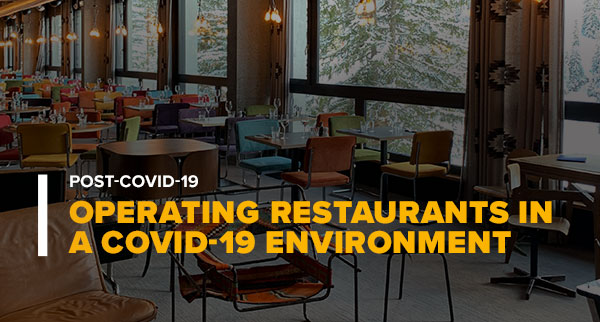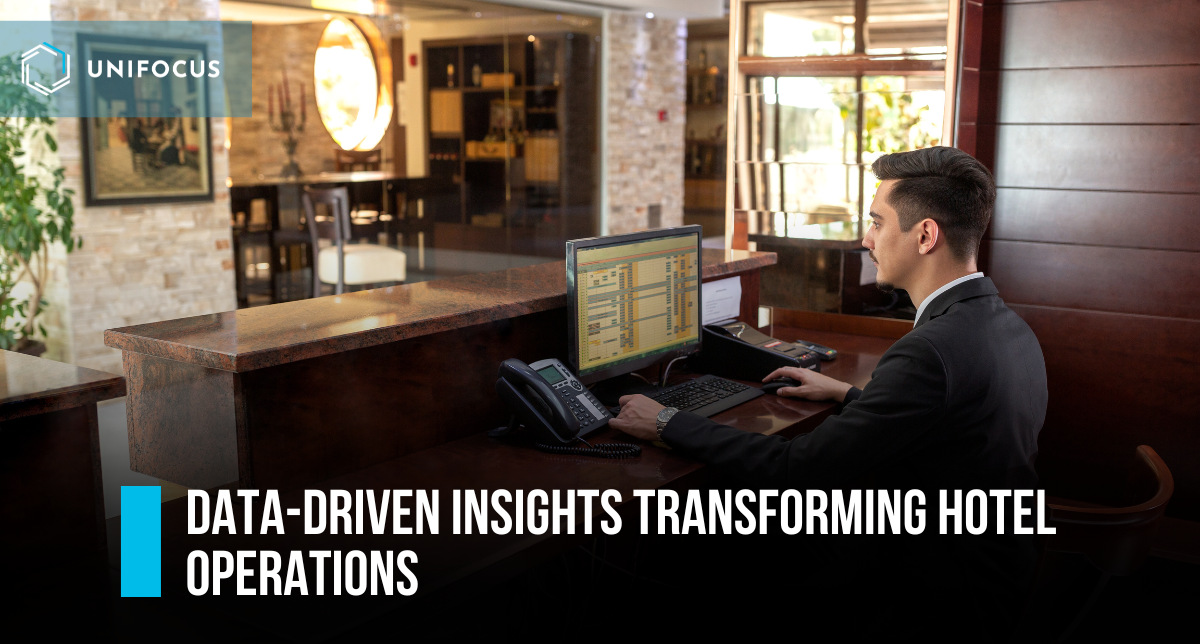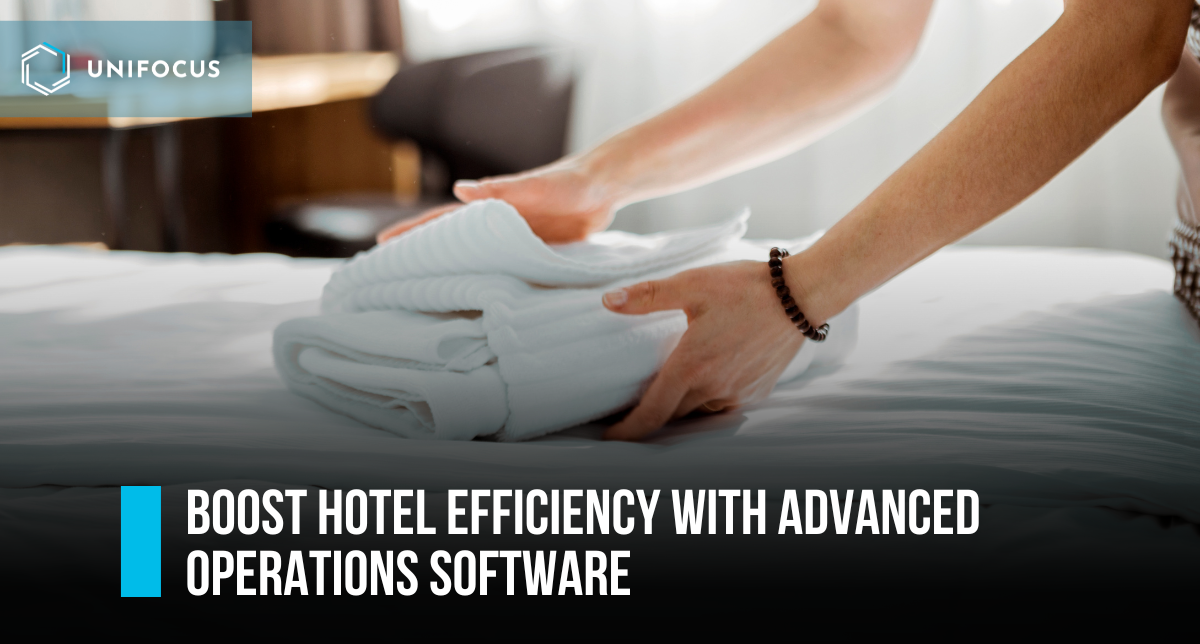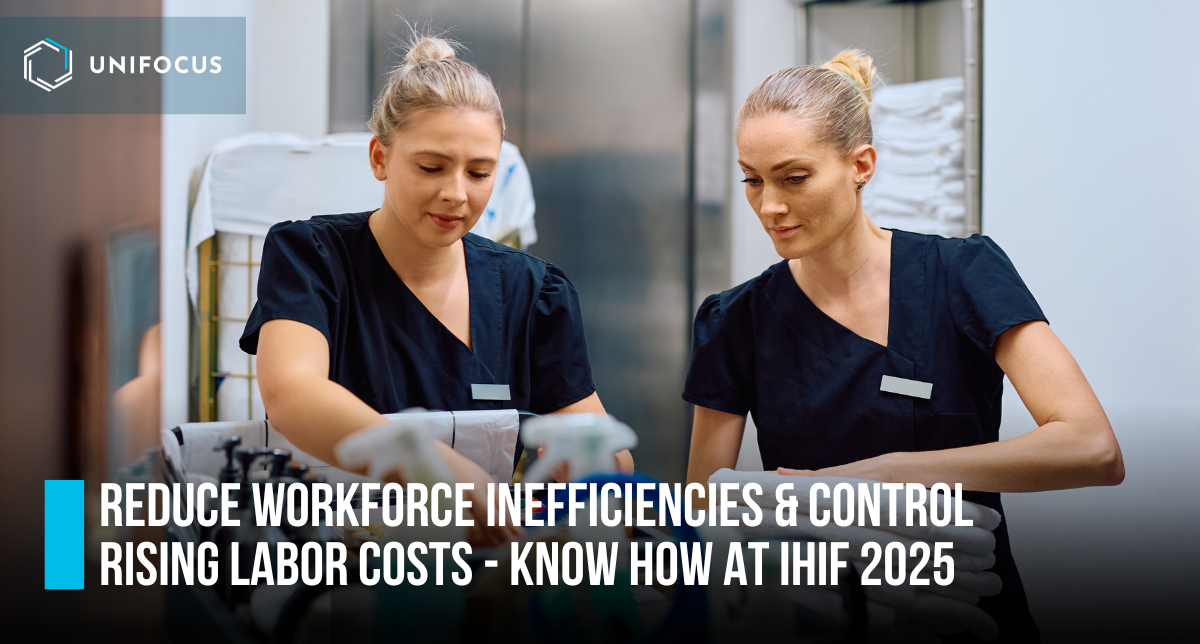#1 in the "Restaurants Post-COVID-19" series. As we slowly inch forward to our new normal, it is worth stating the obvious: the re-opening of our business world will create demands significantly different from those of the world we left a few short weeks ago. Everything is going to be different, from the way we shop, to the way we travel, to the way we eat. In the coming weeks, we are going to discuss how the restaurant industry is going to be different and what you will need to do if you are going to operate profitably while making sure your guests are comfortable and confident in the experience your operation delivers.
The effects from the coronavirus pandemic and the psychological impacts of social distancing are going to be far-reaching and will touch all businesses where human-to-human interaction is central to success of the service delivered. Clearly, the food service and hospitality industries are right at the top of that list. Restaurants, even with pent up demand, will see fewer total diners served for a number of reasons: your restaurant will have to follow some type of state-mandated social distancing guidelines, some people may be reticent to be in crowded spaces, and your operation will have fewer total seats available at any point in time to meet these requirements and perceptions.
In the weeks ahead, we’re going to examine every aspect of reopening and operating in a post-quarantine environment. The prospect of getting your restaurant reopened is going to be daunting, not only because it may feel like going through a condensed version of a full restaurant opening, but it will also require a completely new way of looking at your operation. In essence, a change of mindset.
One of the main keys to successful operations, besides strong cost management, will be table turns. If for example, your restaurant now has 50% of the seats it has historically operated with, you will need to increase the revenue per seat statistic that you have been used to achieving. This will require a paradigm shift in how you operate, starting with looking at your menu, your menu mix, and what items work best for your kitchen and are most profitable. The speed of kitchen production has a direct impact on time at the table for your customer. Additionally, you need to determine what your staffing needs will be both in the kitchen and on the floor of your restaurant. It is entirely possible that as you effectively manage these challenges and needs, your staffing guidelines may well have to change to impact time at table.
Further, you will also have to ensure that you are maintaining a higher level of cleanliness, and doing so not only in a conscientious manner, but in a highly visible one as well. What does that mean for your staff and for your guests? Does it mean that your entire FOH staff wear face shields? Does it mean that you use paper (and more importantly disposable) menus? Or do you return to the days with a large menu under a piece of plexiglass on every table? Are you going to go back to having restroom attendants?
From the customer standpoint, are there actions you can take to minimize the chance that guests are coming to your restaurant at a time when they can infect others? Will you install an automatic door so that no one entering has to touch the door handle? Will you need automatic paper towel dispensers in the bathrooms, new non-touch hand dryers, or individual single-use condiments on the tables?
As noted above, you will be operating with fewer seats. Just look at some of the recent pictures of restaurants that are already trying to open. Some metrics that will be key to success will be: revenue per available seat, total time at table of the customer group, average wait time to get seated, and total demand (not just serviced). Flattening and spreading your peaks where possible will make a great contribution to the bottom line.
Over the next few weeks, we will be publishing a series of articles covering concepts for operating in this environment – from pre-opening planning to operational adjustments for both front-of-house and back-of-house staffing and efficiency issues. Our discussions will combine modeling with how to apply technology and analytics to ensure best results during these challenging times, while providing valuable approaches that may well carry over as the concerns and actual health risks of the COVID-19 pandemic subside. We look forward to your comments and feedback.
-
Read the other articles in the series:
- #1: Operating Restaurants in a COVID-19 Environment
- #2: Pre-Opening Considerations for Restaurants in a COVID-19 Environment
- #3: Menu Engineering and Planning
- #4: Taking Full Advantage of Available Demand with Post COVID-19 Restricted Restaurant Capacity
- #5: Managing the Back of the House in Post-COVID-19 Re-Opening
- #6: Operating in the New COVID-19 Normal







